
You’ve created an extraordinary piece(s) of content.
Shared it on your social media platforms and blasted it out in your email newsletter.
However, it’s still not getting the traction you want.
Now you’re expecting to begin your Google Ads campaign and wait for the magic to happen.
That’s what most people using Google Ads wish would happen.
But, the fact that you have started your campaign doesn’t mean it will work continuously.
If you want to ensure that your Google ads perform to the fullest, you have to continually update your campaigns to assure they fit new criteria, search terms, and new keyword policies set by search engines.
Here is a list of Google Ads best practices every business should be implementing:
Whenever you run an ad, Google provides you with an automatic adjustment that manages your CPC bids. However, you shouldn’t go for the automatic bidding offered by the system.
If you wish to get more out of your campaigns, set your bids manually to get the best return on your investment.
When you manually adjust your bid, you can:
This will not only put your website on the first page, but it will also boost your click-through rate and make sure that your ads are not wasted.
This seems like a no brainer, right?
If keywords are the basis for Ads campaigns, bidding on the most relevant keywords should go without saying. However, sometimes, it’s just not that easy.
Choosing keywords to advertise can be what makes or breaks your Ads ROI.
For example, if you’re an advertising company that offers pay-per-click advertising services then you could bid on these generic keywords:
But for drawing quality traffic via ads, you should also bid on particular keywords or keywords that are specific to the services you provide:
Moreover, there are negative keyword lists. Negative keywords are used to exclude your ads from irrelevant searches. You can also use these keywords to eliminate specific traffic, searchers who aren’t willing to purchase but will still cost you a click. For example, negative keywords for your PPC advertising services could be keywords like:
Remember that these lists of keywords can include or exclude any keywords you see fit. You know your business best, and hence, you are the best person to decide which keyword stays on which list.
If you are looking to find keywords, we suggest Semrush, Ahrefs, Moz or (for competitor research) Spyfu.
It’s also one of the most significant ways to save money in your Ads campaigns.
The keywords you select notably impact your quality score. You invest hours putting together a relevant keyword list. Hence, don’t just dump all of your keywords into a single ad group and press the start button.
The best practice, to increase your quality score is to create small, tightly-focused ad groups. These ad groups will keep all your campaigns focused on a particular theme or message. The best approach is to use between five to ten keywords per ad group.
For example, if you have an insurance business, you could create the following ad groups:
Ad Group: Car Insurance
Ad Group: Life Insurance
These questions can help you decide:
Who to advertise to?
What to say to attract your audience?
How you can get leads and engagement?
It also allows you to write the most suitable piece of ad copy for the corresponding keywords and search queries.
Moreover, by keeping your ad groups focused on a particular theme or message, you reduce the chance of confusion or mixed messaging.
What is your USP? Don’t forget to highlight your USP in your Google Ads campaign. Your USP can be as simple as free delivery of products, training sessions for customers, or free demo to the clients. Here’s a list 6 questions to help you figure out your USP.
Always ensure that whatever your USP is, and whatever makes you unique from the competition, is highlighted. This will enhance your brand’s image and convince visitors to buy your products and use your services.
Extensions make your ad larger, give you extra lines to work with, pull more attention, and allow you to highlight more features and advantages. They boost your prominence in the SERPs and give additional information to the user to make an informed choice.
The formats of extensions include:
Most of these extensions are added manually. However, some extensions like seller ratings are auto-generated by the search engine.
Moreover, it improves the performance of your text ads. Ad extensions also affect CTR and act as a significant factor in quality score algorithm.
If you’re not continually testing ads, you’ll never really understand what’s working for your ad and what’s not. By testing Google Ads strategies, you can immensely boost your budget’s effectiveness. Here’s a list of things you should A/B test:
Tracking various goals is helpful because you know how to adjust your ad and increase your return on investment. Also, by testing ads, you will understand which ads are best reaching your goals. You can then expand your top ads and pause the low performers.
A Google Ads campaign is an exceptional tool in the content marketer’s collection.
From your Unique Selling Points to your keywords, each feature should be analyzed and optimized for the highest performance possible.
Implement these Google Ads best practices in your account today. The key to succeeding with Google Ads is to try and learn from your experience.

Book A Quick 15 Minute Call,
And We’ll Show You How To Unlock The Power Of Every Conversation.

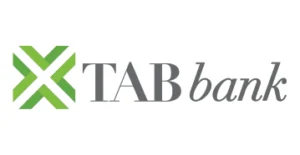






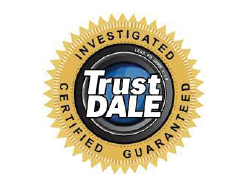



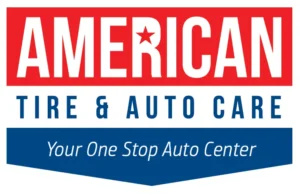








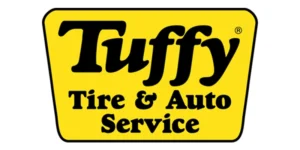

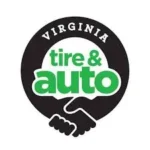




©2025 All rights reserved – Convirza